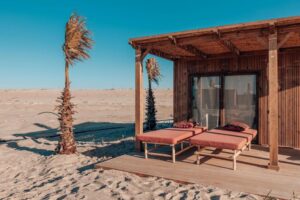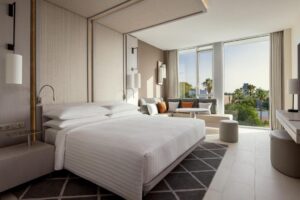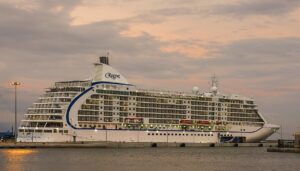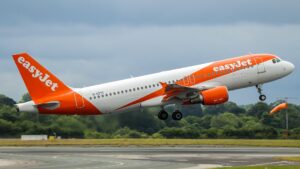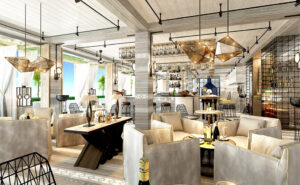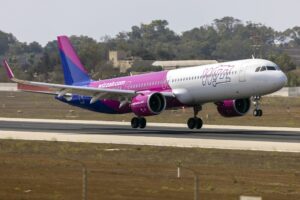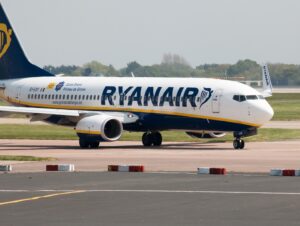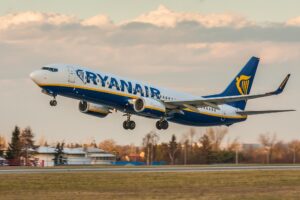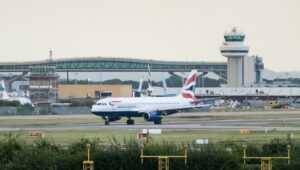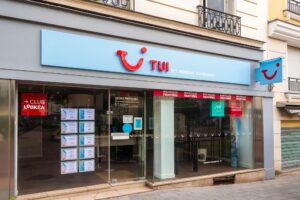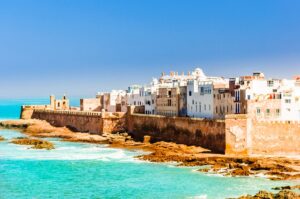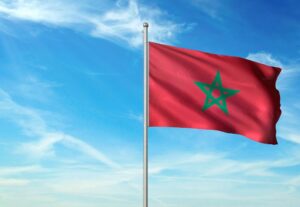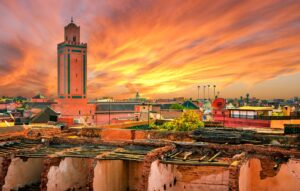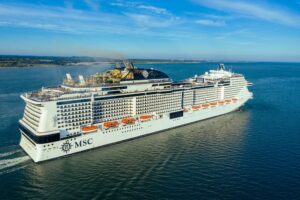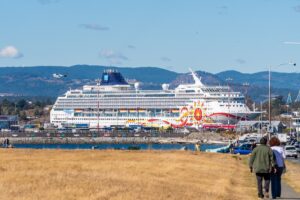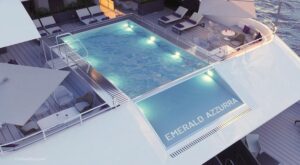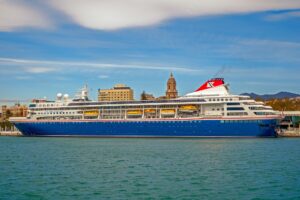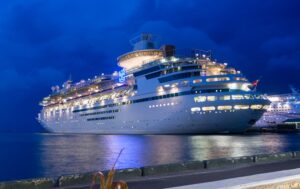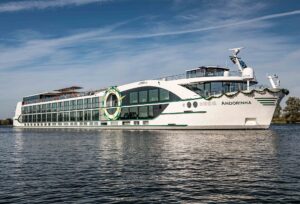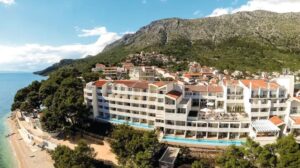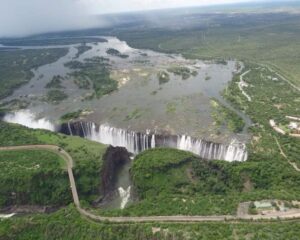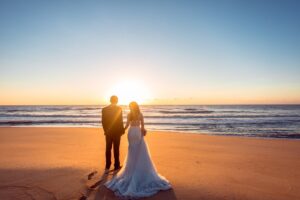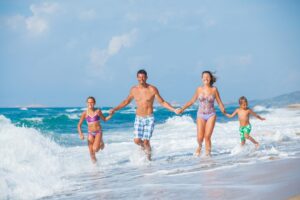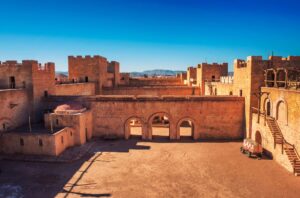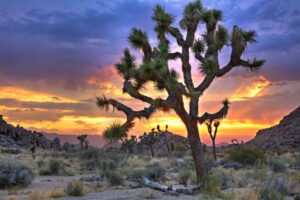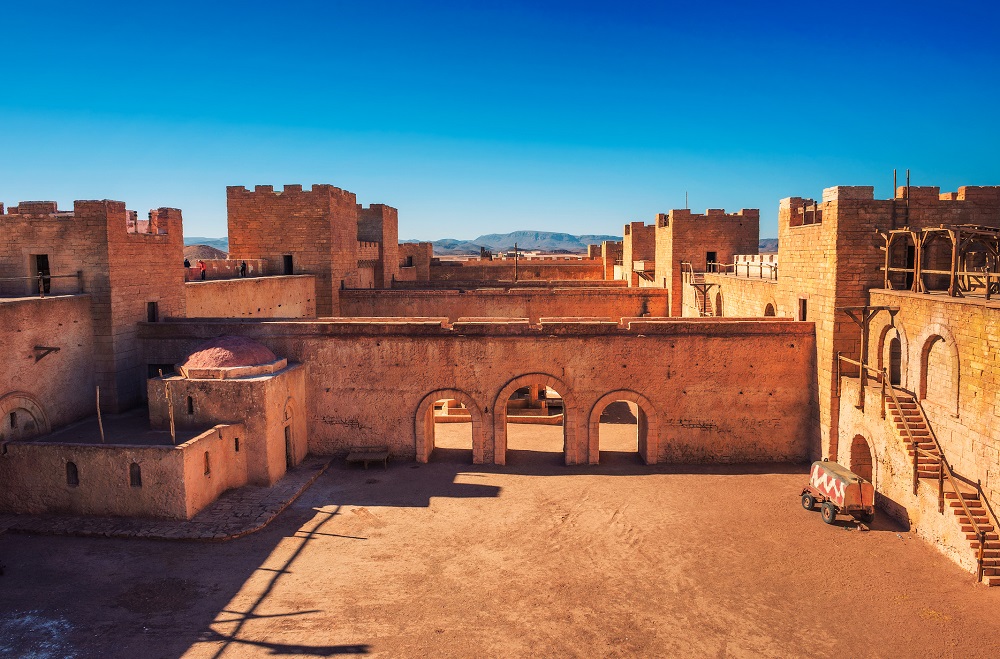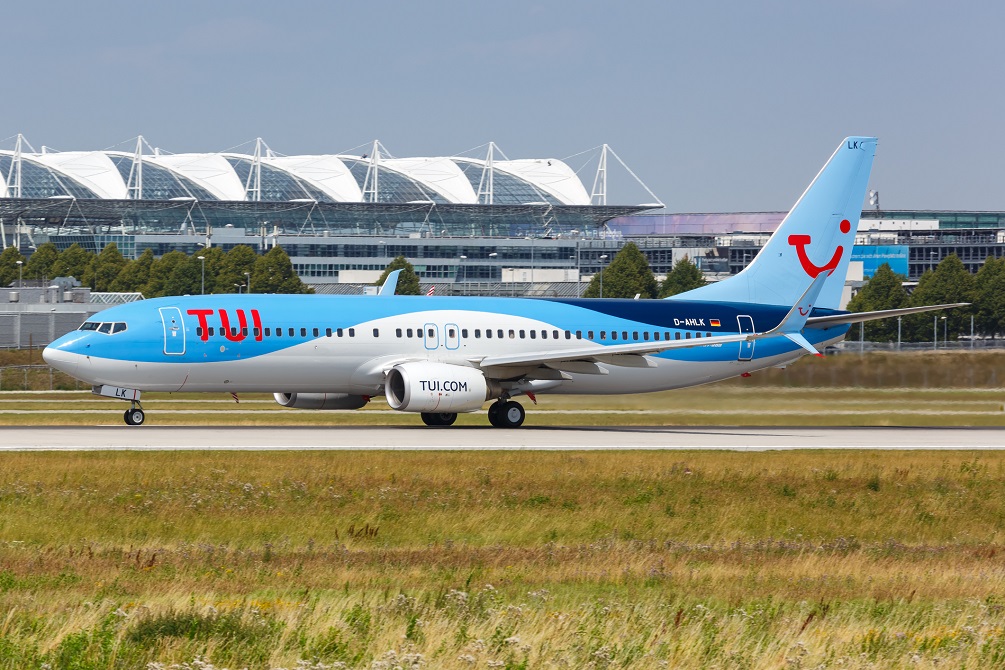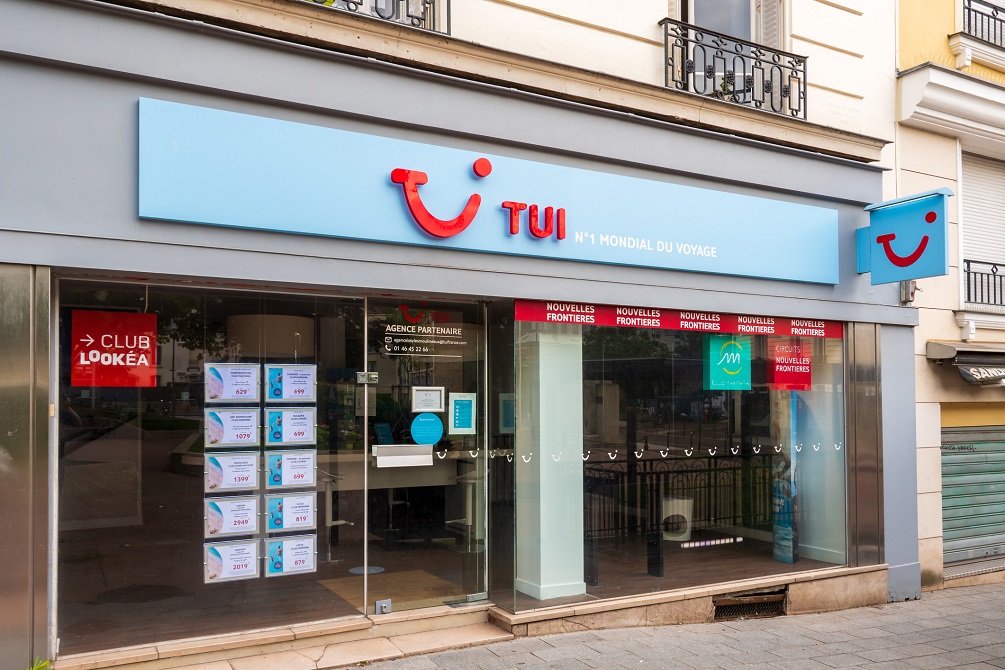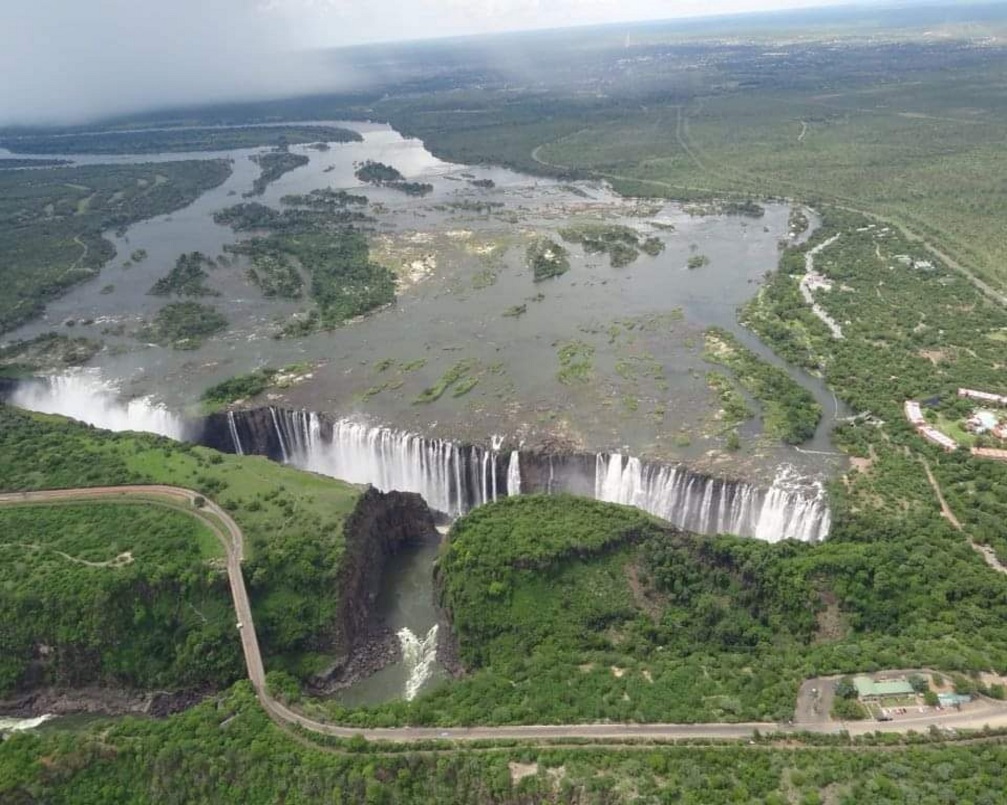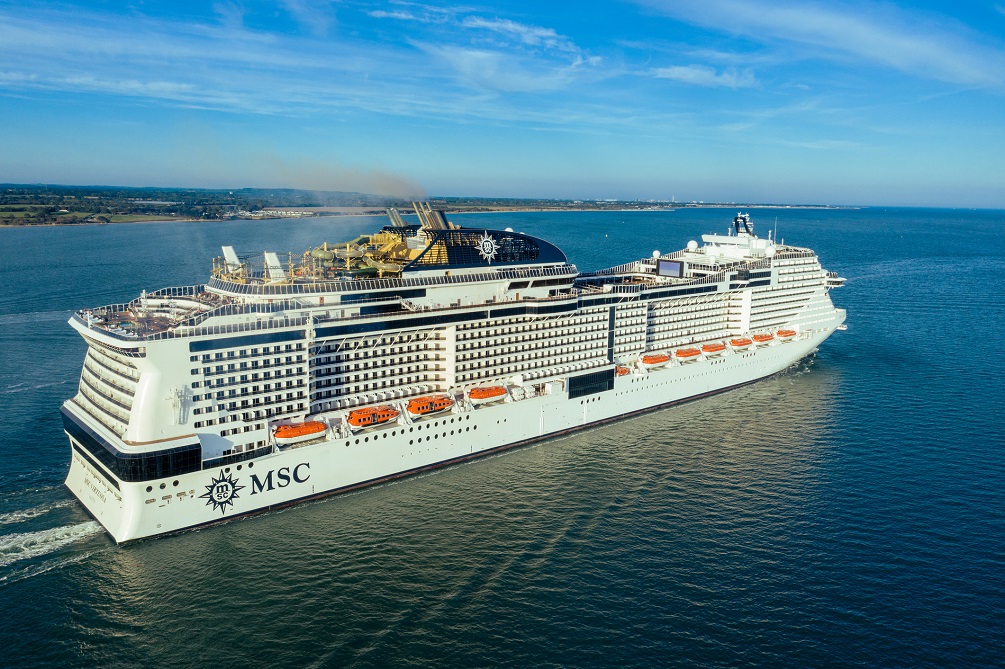Morocco
From the depths of the Saharan desert to the icy heights of Atlas, Morocco’s geography is as diverse as its cultural influences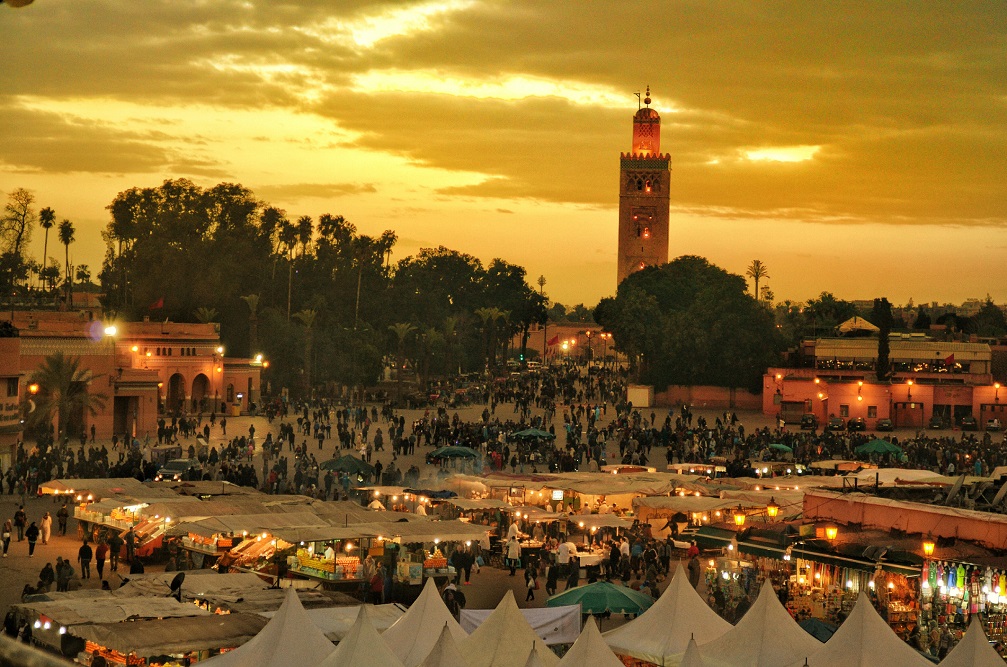
The Kingdom of Morocco is the northern gateway to Africa, lying at the intersection of at least three different cultures – Berber, Arab and European. These influences are reflected in Morocco’s beautiful monuments and mosques, stunning gardens, and a tolerant outlook towards other people. The country’s landscape is equally diverse and includes panoramic deserts, awe-inspiring mountains, and imperial cities seemingly lost in time. From the pleasurable heights of the rugged High Atlas mountain, you will be forgiven for thinking that you are standing on the top of an entire continent. Or you could lose yourself in the medinas — the historical centers of Morocco’s atmospheric cities — with their byzantine streets where every turn reveals a new surprise. Shopping for scents and silk in the souks of Morocco and discovering the country’s extraordinary culinary traditions make for a delightful sensory overload.
Morocco is home to the Jardin Majorelle, one of the world’s greatest gardens, a masterpiece of botanical specimens, art, and modernist design initially conceived in the 1920s by French artist Jacques Majorelle. The kingdom has also emerged as a surprisingly popular destination for surfing, and Taghazoute is the unofficial capital of surfers. And if you’re in the mood for a truly epic trek, then head to the Torda Gorge.
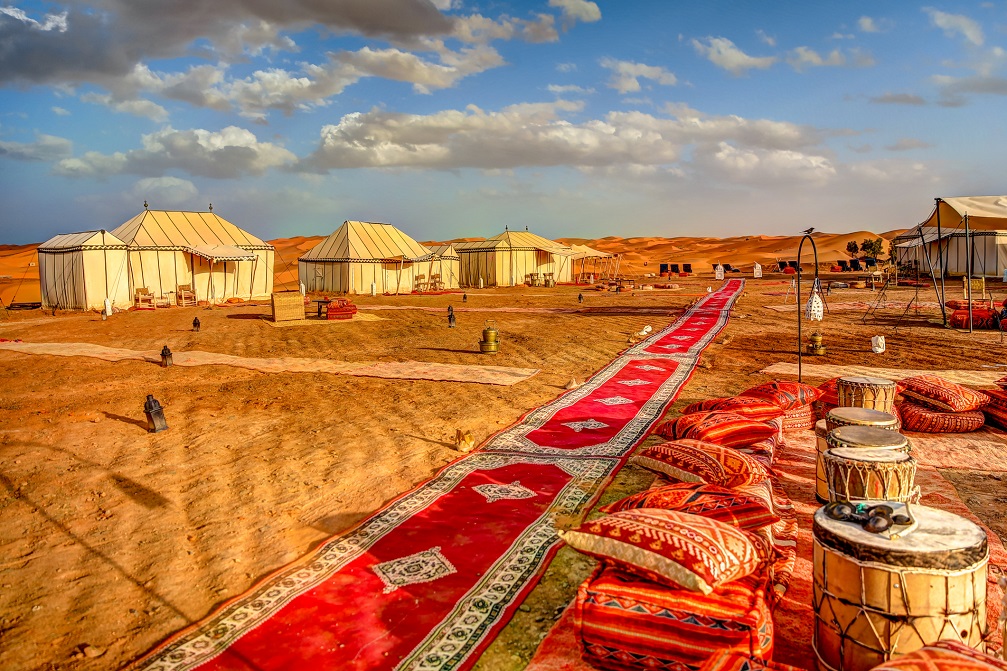


Morocco is located on Africa’s northwest coast. A little larger than the US state of California, it is bound by Western Sahara to the south, Algeria to the east and southeast, the Mediterranean Sea to the north, and the Atlantic Ocean to the west. Two tiny Spanish enclaves of Ceuta and Melilla are on the kingdom’s northern coast. Morocco is barely 15 km from Europe’s Iberian Peninsula, separated by the Strait of Gibraltar. The country comprises at least four distinct geographical areas – the Saharan desert; the Atlas and Rif mountains; the plains which are home to old cities such as Marrakesh; and the 3,500-km coastlines of the Atlantic Ocean and the Mediterranean Sea. The kingdom’s political capital is Rabat but Casablanca is its business hub.
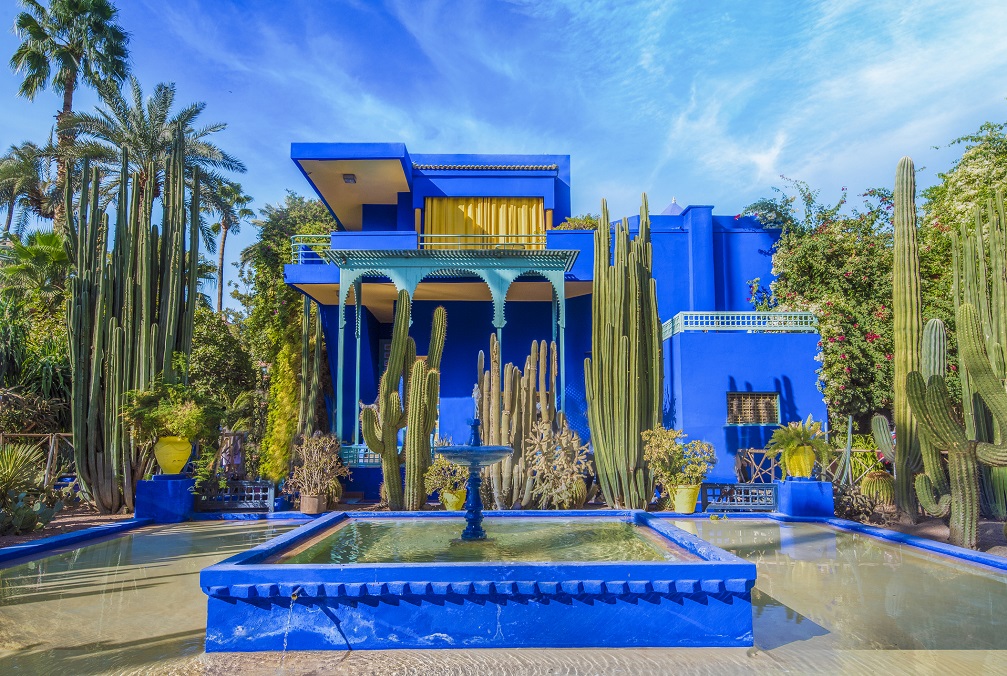


If you’re looking for moderate temperatures, the best seasons to visit Morocco are spring (March to May) and autumn (September and October) when the weather is relatively pleasant. But the coastal areas with their warm Mediterranean climate are a year-round tourist attraction. You can also plan a trip to Morocco in winter though the High Atlas mountain gets fairly cold. If you’re planning to come in summer, do keep in mind that though the Sahara is scorching hot during the days, there is a noticeable drop in temperatures at night. And in winter, temperatures can fall dramatically at night near the sand dunes.
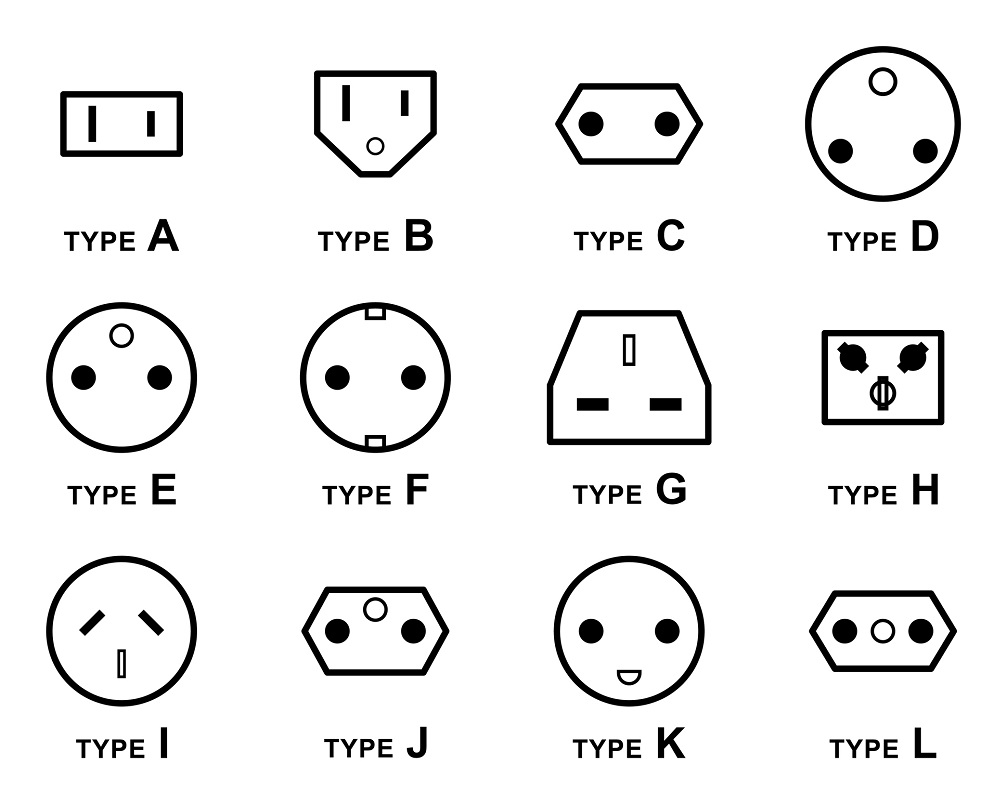


The main electric supply of Morocco is 220V at a frequency of 50Hz. The plugs are of type C and E. Type C, also called the standard Euro plug, has two round pins while plug type E, which is of French origin, has two round pins plus a hole for the male earthing pin of the socket. If you have American appliances, you will need a power adapter to fit the plugin a Moroccan outlet. Also, if your device is not dual voltage, you may need to pick up a converter. In case your appliances are either dual voltage or run on 220V and your plug fits in a power outlet in Morocco, then you don’t need to buy anything else. Power cuts are not uncommon in Morocco — so be prepared, especially if you are traveling on a budget.
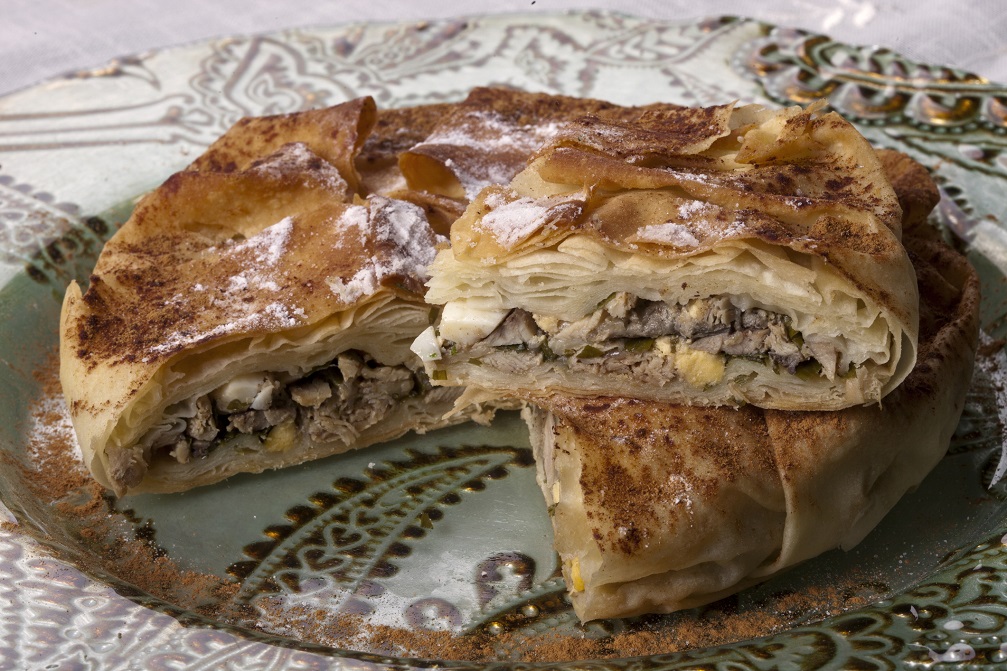


Morocco’s cooks and chefs are past masters at combining flavours and using spices skilfully to give its cuisine an exciting identity of its own. Like its culture and history, the influences on Moroccan dishes are varied, from the Arab world, and the African continent to Andalusian Spain and France. You will inevitably encounter a tagine in Morocco, which is a traditional bubbling clay pot with a lid in which any number of dishes can be stewed including chicken and lamb. In the mood for a perfect Moroccan breakfast? Try the popular B’ssara, a type of dried beans soup in which olive oil and cumin are used to enhance the flavour and texture. It goes well with khobz (Moroccan bread). Couscous, which is popular all over the world, is a staple diet in Morocco and other North African countries. Made from durum wheat that has been streamed and dried into small granules, it is the perfect starting point to unleash Moroccan creativity. Also try the lentil soup called Harira and the grand Chicken Bastilla, which is cooked using a potpourri of spices, an omelette filled with herbs, a pastry and flavoured almonds.
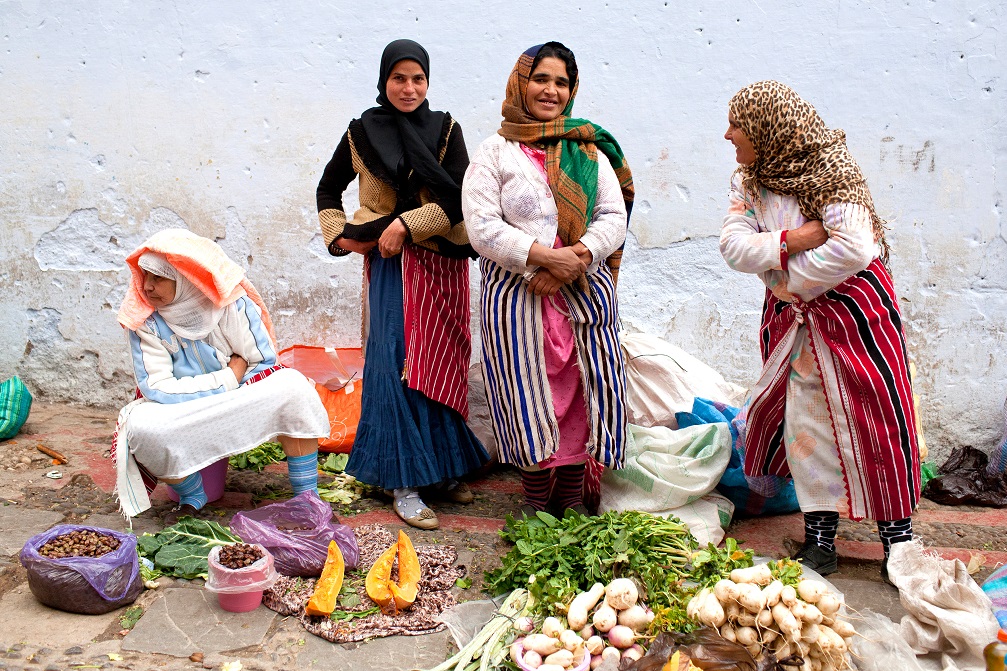


Moroccans have remained in touch with their sartorial traditions that go back centuries. The basic traditional dress is a form of a long flowing robe made of subtle fabrics and colors along with headscarves and slippers. Among the more popular traditional wear in Morocco are the Djellaba, a loose-fitting dress made of cotton or wool depending on the season, and the more glamorous Caftan, which is reserved for special occasions. For female tourists, keeping your shoulders covered is a good idea. In the bigger cities, it is okay to wear knee-length skirts or shorts, but norms are more conservative in the hinterland, where you may want to slip into long trousers. Swimsuits are fine at most beaches or your hotel pool. For men, shorts and T-shirts are generally fine in the cities but you may want to also consider trousers in the countryside.
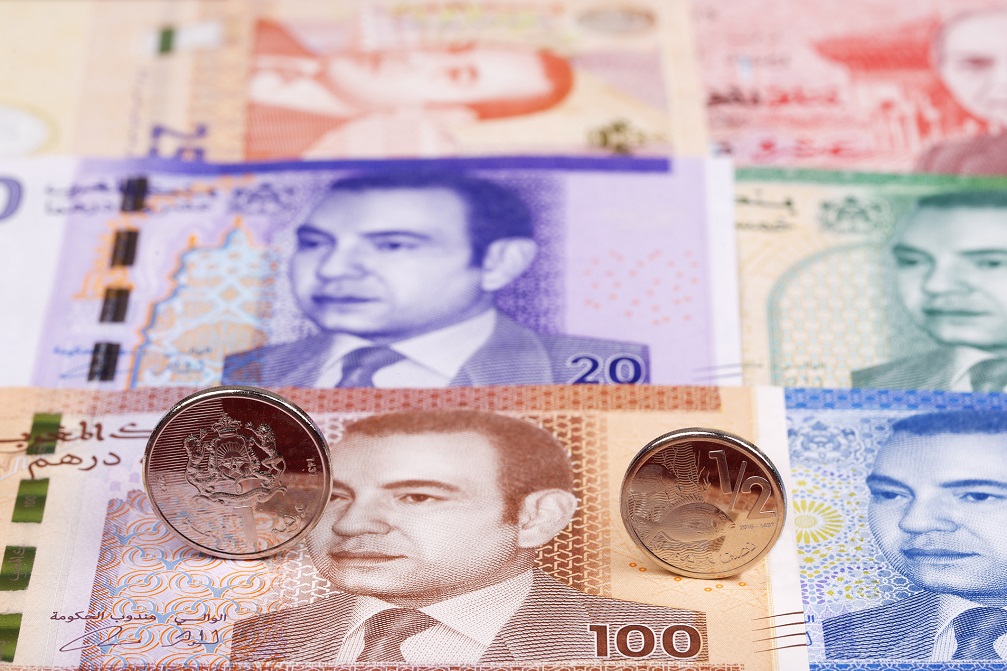


Morocco’s currency is the dirham (Dh) and is divided into 100 centimes. Always keep change and small denomination notes handy for giving to cabbies and street-side shopping. You cannot take the dirham out of Morocco as it is a restricted currency. US dollars, British pounds, and euros can be easily exchanged in Morocco. 1 USD is equal to 8.83 Moroccan dirhams while a British pound equals 12.5 Dh. Though the dirham is a fairly stable currency, do check the rates when you reach Morocco. Note that in Ceuta and Melilla, the standard currency is the euro. Though banks in the two Spanish enclaves accept dirhams, the rates are lower compared to Morocco.
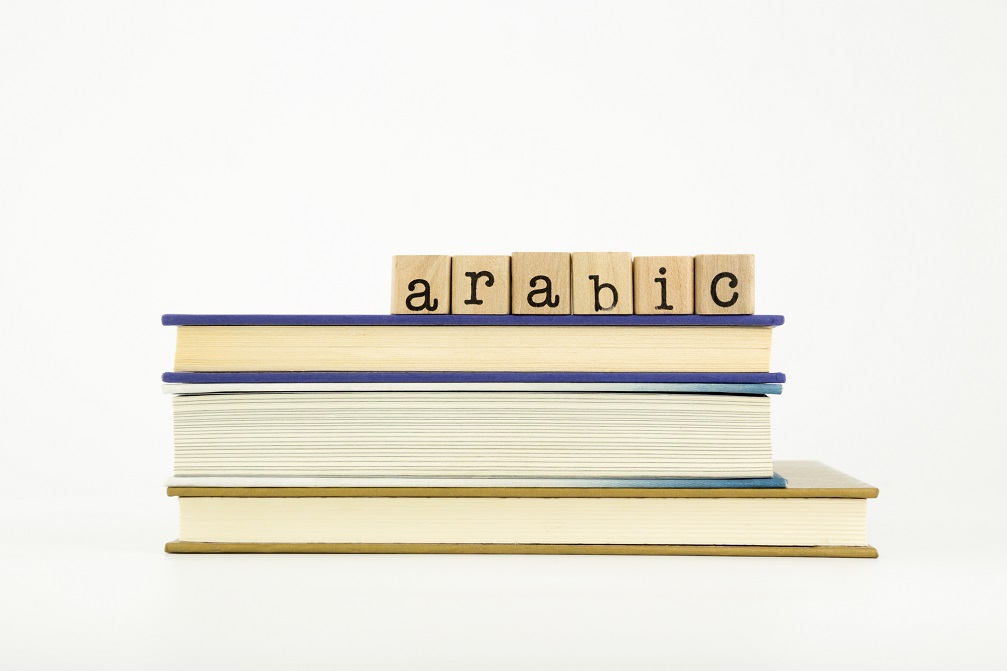


The two main languages spoken by Moroccans are the Arabic Darjia and Amazigh or Berber, the language of the Berbers. Darija is quite different from the Arabic spoken in other parts of the Arab world. Interestingly, with the rise of education and mass media, Modern Standard Arabic (MSA) has become somewhat standardized
in the Arab-speaking world. So, there is more uniformity in the written Arabic text across nations in the region. Berber is quite popular in swathes of rural Morocco but usually does not have a written form. Berber itself has many dialects in the country. Because of Morocco’s colonial history, most people understand French. People working in the tourist industry are usually conversant in English.
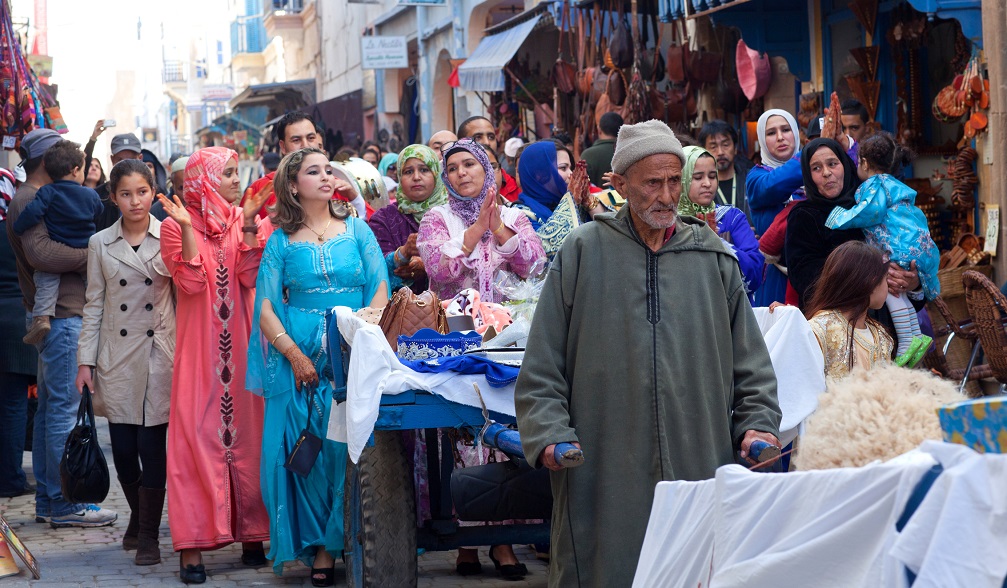


The culture and traditions of modern Morocco bring together elements of Berber, Arab, African, Jewish and European cultures. Since many parts of the country are still conservative, make sure that you don’t offend local sensibilities, especially when it comes to religious matters. Keep in mind that non-Muslims are not permitted to enter most mosques in Morocco, so you can admire the structure from the outside. When eating in a communal setting, use your right hand if cutlery is not an option. Public display of affection including kissing is best avoided. If you are invited to someone’s home, take your shoes off before entering.
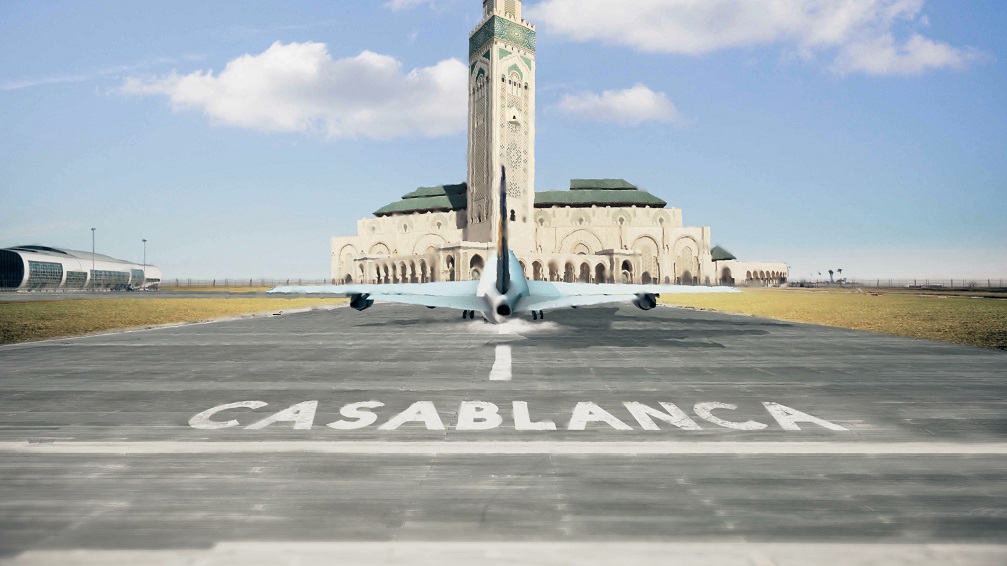


If you are a UK national, you don’t need a visa for entering Morocco for tourism purposes for up to 3 months. While entering Morocco, make sure that your passport is stamped. Leaving the country can get complicated if your passport does not have an entry stamp. Though your passport is generally valid for the proposed duration of your stay in Morocco, it is better if it is valid for at least 3 months from your date of entry into the country. Damaged passports can be the reason for refusal to allow entry. If you are a Moroccan citizen residing in Britain, you have to provide evidence of your UK immigration status in order to get permission to return to the UK.



The Kingdom of Morocco is the northern gateway to Africa, lying at the intersection of at least three different cultures – Berber, Arab and European. These influences are reflected in Morocco’s beautiful monuments and mosques, stunning gardens, and a tolerant outlook towards other people. The country’s landscape is equally diverse and includes panoramic deserts, awe-inspiring mountains, and imperial cities seemingly lost in time. From the pleasurable heights of the rugged High Atlas mountain, you will be forgiven for thinking that you are standing on the top of an entire continent. Or you could lose yourself in the medinas — the historical centers of Morocco’s atmospheric cities — with their byzantine streets where every turn reveals a new surprise. Shopping for scents and silk in the souks of Morocco and discovering the country’s extraordinary culinary traditions make for a delightful sensory overload.
Morocco is home to the Jardin Majorelle, one of the world’s greatest gardens, a masterpiece of botanical specimens, art, and modernist design initially conceived in the 1920s by French artist Jacques Majorelle. The kingdom has also emerged as a surprisingly popular destination for surfing, and Taghazoute is the unofficial capital of surfers. And if you’re in the mood for a truly epic trek, then head to the Torda Gorge.



Morocco is located on Africa’s northwest coast. A little larger than the US state of California, it is bound by Western Sahara to the south, Algeria to the east and southeast, the Mediterranean Sea to the north, and the Atlantic Ocean to the west. Two tiny Spanish enclaves of Ceuta and Melilla are on the kingdom’s northern coast. Morocco is barely 15 km from Europe’s Iberian Peninsula, separated by the Strait of Gibraltar. The country comprises at least four distinct geographical areas – the Saharan desert; the Atlas and Rif mountains; the plains which are home to old cities such as Marrakesh; and the 3,500-km coastlines of the Atlantic Ocean and the Mediterranean Sea. The kingdom’s political capital is Rabat but Casablanca is its business hub.



If you’re looking for moderate temperatures, the best seasons to visit Morocco are spring (March to May) and autumn (September and October) when the weather is relatively pleasant. But the coastal areas with their warm Mediterranean climate are a year-round tourist attraction. You can also plan a trip to Morocco in winter though the High Atlas mountain gets fairly cold. If you’re planning to come in summer, do keep in mind that though the Sahara is scorching hot during the days, there is a noticeable drop in temperatures at night. And in winter, temperatures can fall dramatically at night near the sand dunes.



The main electric supply of Morocco is 220V at a frequency of 50Hz. The plugs are of type C and E. Type C, also called the standard Euro plug, has two round pins while plug type E, which is of French origin, has two round pins plus a hole for the male earthing pin of the socket. If you have American appliances, you will need a power adapter to fit the plugin a Moroccan outlet. Also, if your device is not dual voltage, you may need to pick up a converter. In case your appliances are either dual voltage or run on 220V and your plug fits in a power outlet in Morocco, then you don’t need to buy anything else. Power cuts are not uncommon in Morocco — so be prepared, especially if you are traveling on a budget.



Morocco’s cooks and chefs are past masters at combining flavours and using spices skilfully to give its cuisine an exciting identity of its own. Like its culture and history, the influences on Moroccan dishes are varied, from the Arab world, and the African continent to Andalusian Spain and France. You will inevitably encounter a tagine in Morocco, which is a traditional bubbling clay pot with a lid in which any number of dishes can be stewed including chicken and lamb. In the mood for a perfect Moroccan breakfast? Try the popular B’ssara, a type of dried beans soup in which olive oil and cumin are used to enhance the flavour and texture. It goes well with khobz (Moroccan bread). Couscous, which is popular all over the world, is a staple diet in Morocco and other North African countries. Made from durum wheat that has been streamed and dried into small granules, it is the perfect starting point to unleash Moroccan creativity. Also try the lentil soup called Harira and the grand Chicken Bastilla, which is cooked using a potpourri of spices, an omelette filled with herbs, a pastry and flavoured almonds.



Moroccans have remained in touch with their sartorial traditions that go back centuries. The basic traditional dress is a form of a long flowing robe made of subtle fabrics and colors along with headscarves and slippers. Among the more popular traditional wear in Morocco are the Djellaba, a loose-fitting dress made of cotton or wool depending on the season, and the more glamorous Caftan, which is reserved for special occasions. For female tourists, keeping your shoulders covered is a good idea. In the bigger cities, it is okay to wear knee-length skirts or shorts, but norms are more conservative in the hinterland, where you may want to slip into long trousers. Swimsuits are fine at most beaches or your hotel pool. For men, shorts and T-shirts are generally fine in the cities but you may want to also consider trousers in the countryside.



Morocco’s currency is the dirham (Dh) and is divided into 100 centimes. Always keep change and small denomination notes handy for giving to cabbies and street-side shopping. You cannot take the dirham out of Morocco as it is a restricted currency. US dollars, British pounds, and euros can be easily exchanged in Morocco. 1 USD is equal to 8.83 Moroccan dirhams while a British pound equals 12.5 Dh. Though the dirham is a fairly stable currency, do check the rates when you reach Morocco. Note that in Ceuta and Melilla, the standard currency is the euro. Though banks in the two Spanish enclaves accept dirhams, the rates are lower compared to Morocco.



The two main languages spoken by Moroccans are the Arabic Darjia and Amazigh or Berber, the language of the Berbers. Darija is quite different from the Arabic spoken in other parts of the Arab world. Interestingly, with the rise of education and mass media, Modern Standard Arabic (MSA) has become somewhat standardized
in the Arab-speaking world. So, there is more uniformity in the written Arabic text across nations in the region. Berber is quite popular in swathes of rural Morocco but usually does not have a written form. Berber itself has many dialects in the country. Because of Morocco’s colonial history, most people understand French. People working in the tourist industry are usually conversant in English.



The culture and traditions of modern Morocco bring together elements of Berber, Arab, African, Jewish and European cultures. Since many parts of the country are still conservative, make sure that you don’t offend local sensibilities, especially when it comes to religious matters. Keep in mind that non-Muslims are not permitted to enter most mosques in Morocco, so you can admire the structure from the outside. When eating in a communal setting, use your right hand if cutlery is not an option. Public display of affection including kissing is best avoided. If you are invited to someone’s home, take your shoes off before entering.



If you are a UK national, you don’t need a visa for entering Morocco for tourism purposes for up to 3 months. While entering Morocco, make sure that your passport is stamped. Leaving the country can get complicated if your passport does not have an entry stamp. Though your passport is generally valid for the proposed duration of your stay in Morocco, it is better if it is valid for at least 3 months from your date of entry into the country. Damaged passports can be the reason for refusal to allow entry. If you are a Moroccan citizen residing in Britain, you have to provide evidence of your UK immigration status in order to get permission to return to the UK.
Travel related news, information and inspirational articles and videos for travellers booking flights or holidays to Morocco. Ask questions about travel in Morocco and get answers from Morocco experts
NEWS
Inspiration, Information and Travel Guides
MEET THE Morocco EXPERTS
If you are looking to book a holiday to Morocco or needs some help and advice planning travel to Morocco then contact one of the UK based independent travel agents that specialise in Morocco itineraries.
FEATURED VIDEOS
Your Travel Questions Answered
Ask any travel related question and get an answer from one of our experts that will provide you with an answer from their personal experience
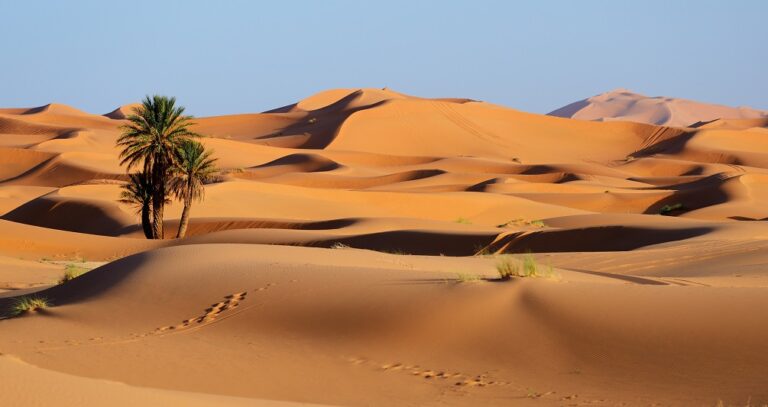

I have always wanted to visit an exotic locale, such as the Sahara Desert. But I want to know more about the place and the best times to go. When should I avoid visiting the desert?

